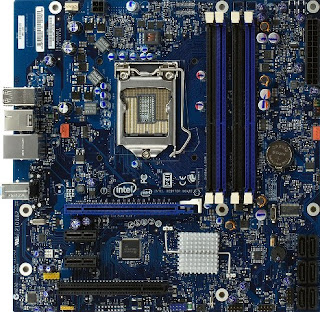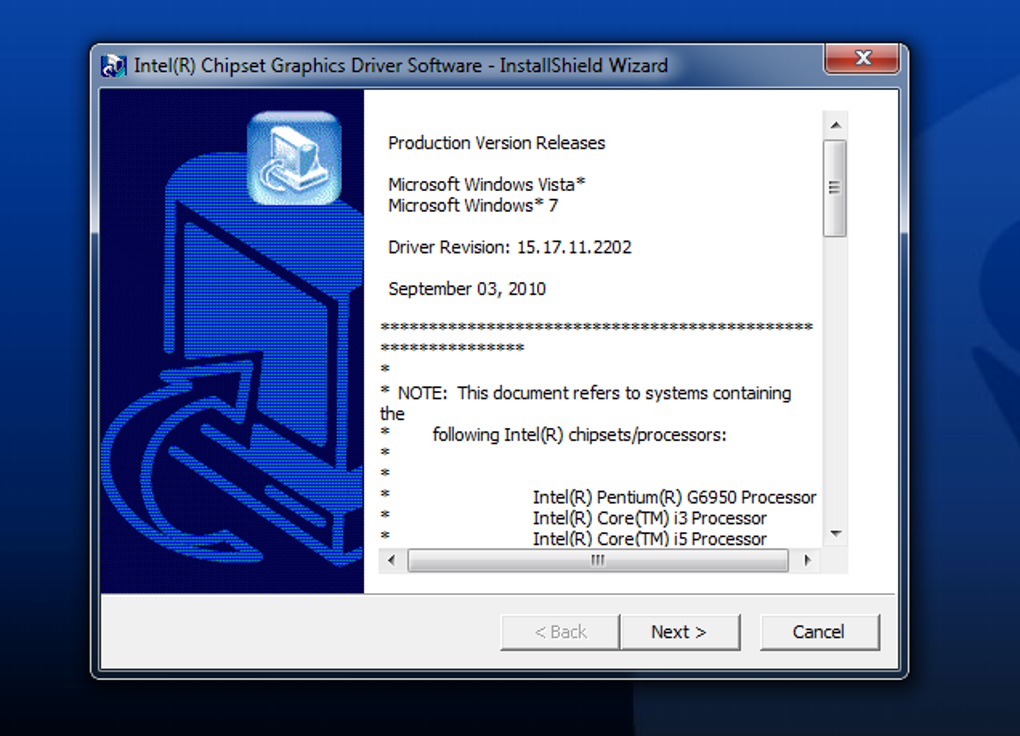

In the event Intel does release non-legacy drivers in the future, please disregard this guide and download those drivers instead.

PLEASE NOTE: Do these steps at your own risk. Case in point: Nvidia is now moving the Geforce 6-series to legacy support after an impressive 9 years of support.īut fortunately, there is a solution! Intel is updating drivers for Arrandale/Clarkdale users on Windows Vista and 7, and so with some manipulation users can get those to install on Windows 8. What isn't fine is relegating these chips to legacy status after just 2.5 years - much shorter than AMD or Nvidia. It's understandable given the hardware involved that they will not support WDDM 1.2. Drivers for these platforms will not be available on Will Intel provide drivers on their site for these "legacy" (ugh) folks after Windows 8 hits retail shelves? According to posts repeated by Intel representatives, nope:ĭrivers for legacy platforms including first generation Intel Core processors (formerly codenamed Arrandale and Clarkdale) with Intel HD Graphics and the Intel® Graphics Media Accelerator 4500 Series (formerly codenamed Cantiga/Eaglelake) will support legacy Windows Display Driver Model (WDDM) 1.1 and will be included with future versions of Windows 8 Consumer Preview OS (In-box drivers) and available on Microsoft’s Windows Update. You'd definitely want to get an updated set straight from the manufacturer. Intel has made available drivers for users of computers with the first-gen HD Graphics and the GMA 4500 via Windows Update, but let's face it: graphics drivers supplied via Windows Update aren't the best. In particular, the users of first-gen Core CPUs (graphics codenamed "Arrandale" and "Clarkdale") such as yours truly. Unfortunately that essentially excludes any user who purchased a computer (most likely a laptop) prior to 2011. Users of computers with second- and third-generation Core processors are, for now, the only users Intel are supporting with an actively developed driver for Windows 8.


Example: Intel's drivers for integrated HD Graphics. In theory, any hardware device that worked on Windows 7, and even Windows Vista, should continue to work on Windows 8.įor any hardware device that does not properly install on Windows 8, conventional geek wisdom dictates to attempt running the installer with the Compatibility Mode tab set to "Windows 7." Unfortunately, not all drivers will install this way. Early adopters of Windows 8 will find the new operating system to be like Windows 7, but optimized and faster.


 0 kommentar(er)
0 kommentar(er)
